Requests for Proposal
The RFP is a key component in the selection and implementation of an AMS, LMS, or Website.
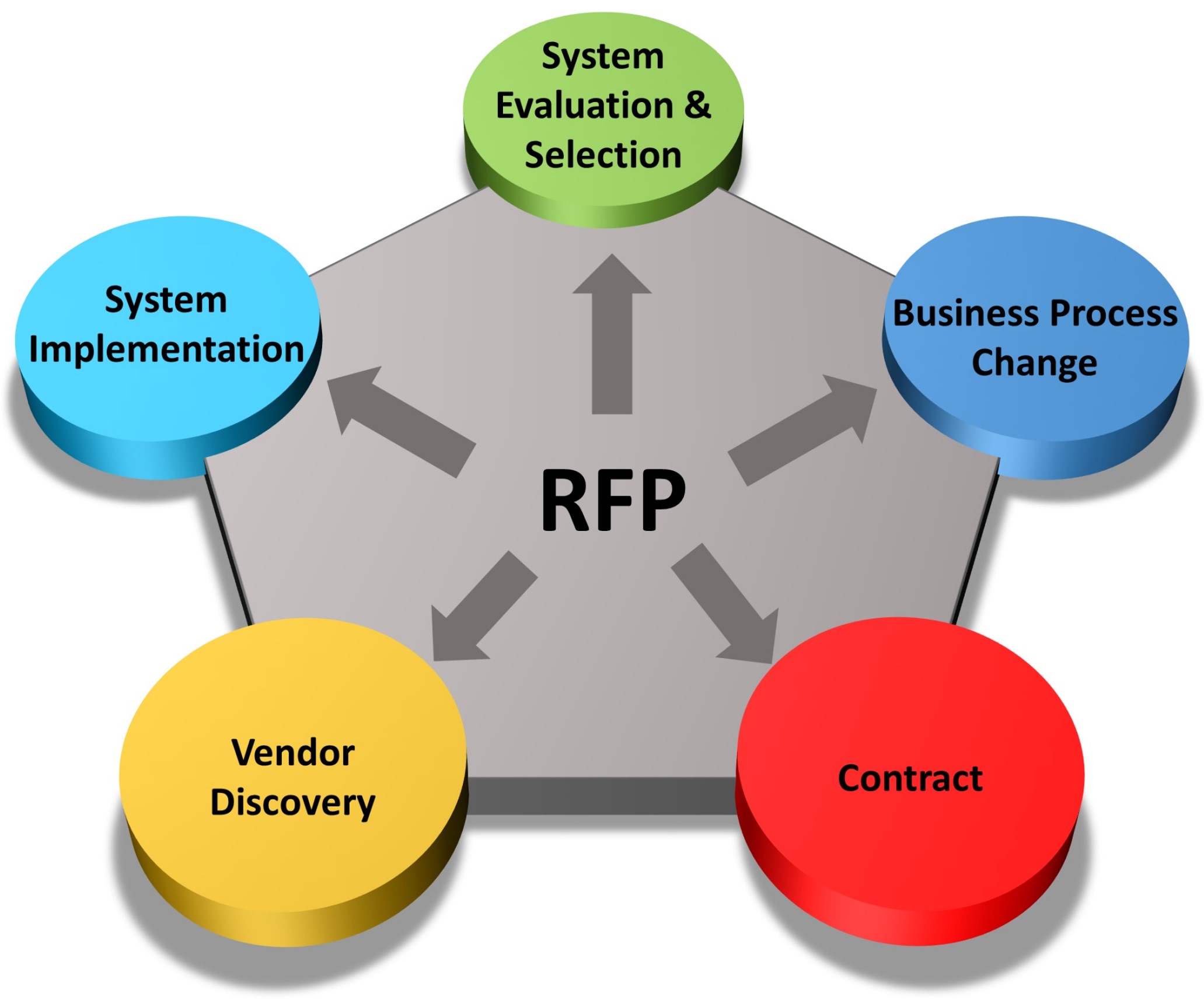
We believe the RFP should be a detailed document in order to properly serve all the purposes depicted in the illustration. First and foremost, the RFP should document your requirements and expectations of the functionality that should be part of the new system. If the requirements are too high level, you can expect scope creep to occur later in the project.
The Framework’s RFP contains hundreds of requirements that are specific to the needs of both trade associations and professional societies. ISCG professional consultants provide guidance on customizing the baseline RFP so that it includes additional requirements that may be unique to your organization.
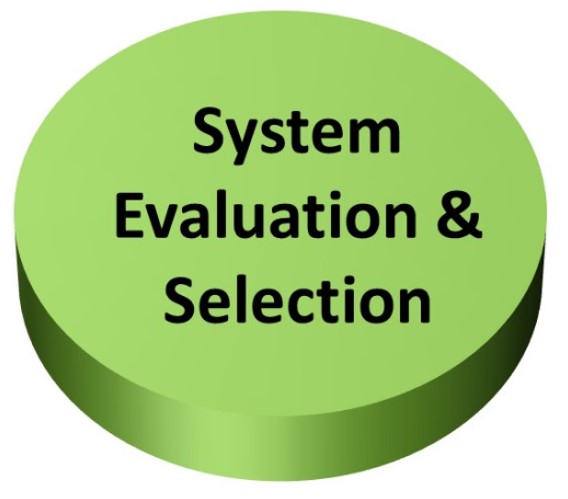 The RFP includes tools that highlight the strengths and weaknesses of each system in comparison to your requirements. Workflows describing key business process changes desired, integrations with third party systems, reporting and business intelligence requirements help establish an accurate understanding of the scope of your project so that vendors can submit accurate price quotes. Side-by-side comparison reports are generated by the Framework. The RFP, along with other tools contained in our methodology, helps ensure that the final vendor decision is based on objective decision criteria, and that the vendor selected is the most appropriate for the job.
The RFP includes tools that highlight the strengths and weaknesses of each system in comparison to your requirements. Workflows describing key business process changes desired, integrations with third party systems, reporting and business intelligence requirements help establish an accurate understanding of the scope of your project so that vendors can submit accurate price quotes. Side-by-side comparison reports are generated by the Framework. The RFP, along with other tools contained in our methodology, helps ensure that the final vendor decision is based on objective decision criteria, and that the vendor selected is the most appropriate for the job.
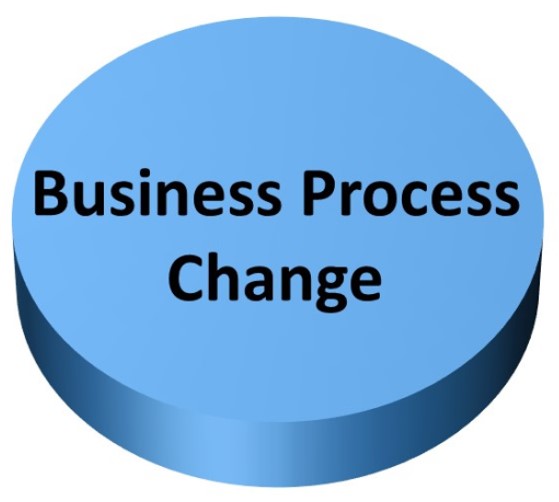 The RFP describes your desired state, including references to workflow diagrams that highlight potential business process changes. These documents become important reference materials when considering a change to your process vs. a change to the software. They also serve as vital institutional knowledge – documentation on how key processes work and the flow of information between departments, constituents, and the system.
The RFP describes your desired state, including references to workflow diagrams that highlight potential business process changes. These documents become important reference materials when considering a change to your process vs. a change to the software. They also serve as vital institutional knowledge – documentation on how key processes work and the flow of information between departments, constituents, and the system.
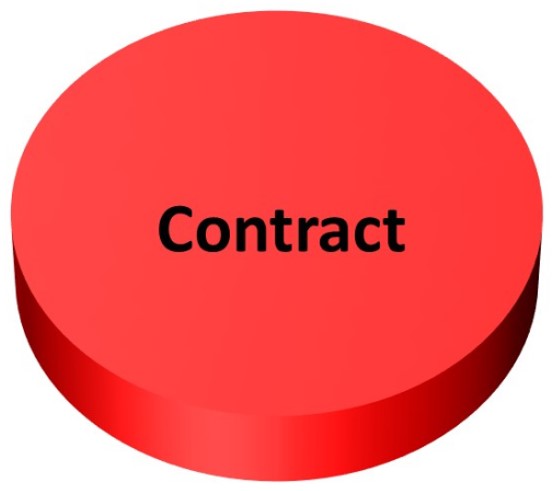 The vendor’s response to the RFP sets the foundation for many important provisions that should be in your contract. Asking the right questions in the RFP is vital. ISCG keeps the contract in mind at every step, ensuring that you are in the best position possible to negotiate a thorough, fair, and clear contract once a decision on a vendor is made.
The vendor’s response to the RFP sets the foundation for many important provisions that should be in your contract. Asking the right questions in the RFP is vital. ISCG keeps the contract in mind at every step, ensuring that you are in the best position possible to negotiate a thorough, fair, and clear contract once a decision on a vendor is made.
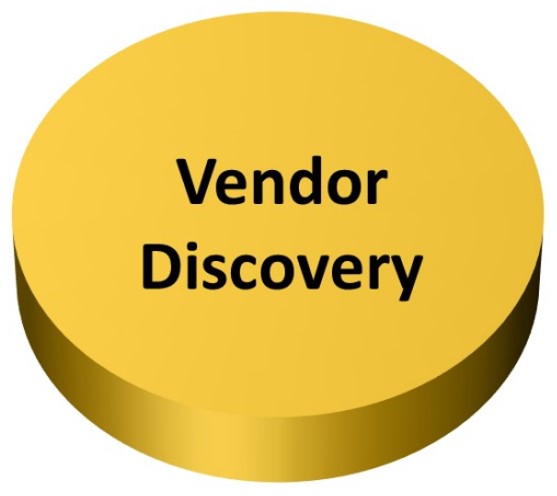 The RFP is used to guide the vendor discovery process. Your vendor’s implementation team will find the detail contained in the RFP extremely helpful because it tells them the target they have to hit. If the RFP is too high-level, your vendor will spend much of their time trying to discover what your requirements are rather than suggesting solutions that are appropriate for the task.
The RFP is used to guide the vendor discovery process. Your vendor’s implementation team will find the detail contained in the RFP extremely helpful because it tells them the target they have to hit. If the RFP is too high-level, your vendor will spend much of their time trying to discover what your requirements are rather than suggesting solutions that are appropriate for the task.
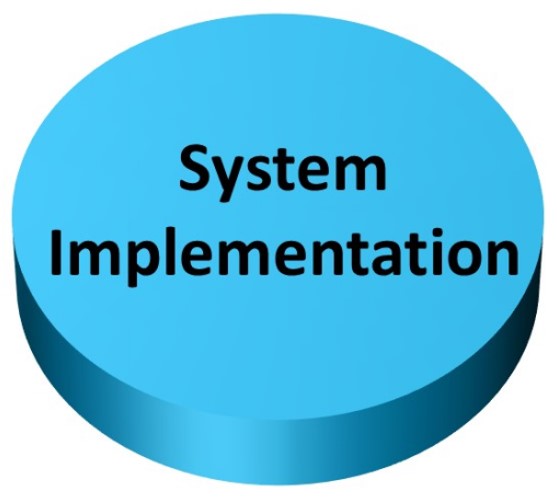 The RFP is a key resource when drafting test scripts for user acceptance testing. It helps ensure that all of your key business processes and requirements are included in the testing process, and that nothing gets overlooked. A high-level RFP is generally inadequate to properly support acceptance testing, or the development of standard operating procedures.
The RFP is a key resource when drafting test scripts for user acceptance testing. It helps ensure that all of your key business processes and requirements are included in the testing process, and that nothing gets overlooked. A high-level RFP is generally inadequate to properly support acceptance testing, or the development of standard operating procedures.
Contact us to learn more about the
IT Guidance Framework



